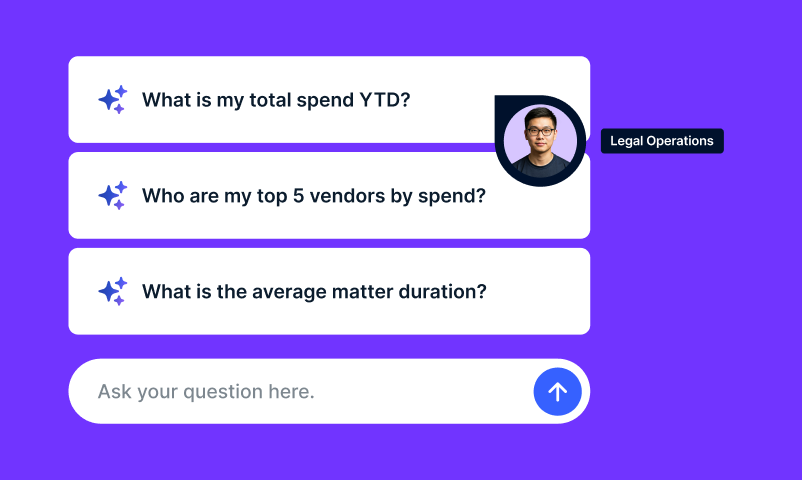
By Bodhala CEO & Co-Founder, Raj Goyle
Earlier this month, I had the pleasure of sitting down for a conversation with Justin Kan — serial entrepreneur, co-founder of Twitch, and Silicon Valley darling — on a recent episode of Nasdaq’s hot, new World Reimagined podcast.
Spending this time recording with Justin got me thinking about Atrium’s journey, its downfall (Justin shared a terrific self-analysis of key learnings), and how its efforts related to our mission at Bodhala. As a legal tech CEO navigating the extremely nuanced world of legal services, I wanted to share some thoughts on Atrium’s rise and fall.
It’s no secret that the legal industry is a laggard on the technology adoption curve.
But that’s rapidly changing.
The legal services market is a half-a-trillion dollar global industry. Like any massive market, opportunity, disruption — or transformation — is inevitable and is finally starting to take hold. And along with innovation comes investment. More money has been invested in legal technology companies in the last year than ever before — and things are just beginning to heat up.
That’s why it’s no surprise that Justin started Atrium. He saw an obvious problem — law firms are incredibly inefficient — so he set out to create the “law firm of the future”. A hybrid of technology and technology-enabled services, Atrium would tackle inefficiency while delivering the level of service expected from top-tier lawyers.
His history of success drew big-name investors like Andreessen Horowitz to his vision, landing Atrium $75M+ in funding by 2018. Fast forward to 2020: Atrium closed its doors for good.
With a world-class leader, $75M in funding, and an industry seemingly “ripe” for disruption, it seemed to be “all systems go” for Atrium. So what happened? Why do some legal tech startups fail, while others succeed?
Price Isn’t Everything
The legal services industry is a unique beast. While price is always important to some degree, it’s not as big of a determinant for corporate clients as you might think. Aptly dubbed an “old boys club,” in-house lawyers often source their law firms the same way they picked their kickball teams in elementary school — by choosing their friends (often law school buddies or old law firm colleagues).
This presents a unique barrier to entry. Moving from a relationship-driven selection process to a price-driven selection process can be a major hurdle, requiring buyers to change how they think about not only the procurement process but also the value of the service.
While Atrium’s services and its fixed-fee business model were appealing to its target market, it focused on a practice area that was already relatively commoditized. Startups never had money to burn, and law firms had long been forced to price competitively in order to win business.
Much like investing in a startup, many firms would give “bargain-basement” rates to get in early with potentially large, long-term customers. In this particular market, there is not a lot of wiggle room to undercut on price, which forced Atrium to set rates at almost a loss in order to be truly “competitive”. Atrium hoped its margins would improve once it could automate some of the lawyers’ tasks, but maintaining a team of lawyers proved to be expensive. The more clients sought out their low-cost services, the more money Atrium lost.
While undercutting on price is a fair strategy for new businesses to gain traction with customers, it’s not sustainable for long-term growth. When it comes to legal services, corporate clients prioritize expertise and value over the price tag. Their focus lies on finding out the level of value delivered at that price and whether or not they could find equal or better value elsewhere at a lower cost.
But the opacity of the legal services market and the complete lack of price discovery have made this nearly impossible. That’s why data is a critical piece of the puzzle.
Data is Key
Legal services are not a commodity product. There is a finite amount of work that is routine enough to be simplified through automation. Atrium looked to become the technology-run law firm of the future, but its maniacal focus on simplifying and commoditizing services failed to recognize the nuances of the services themselves.
When it comes to legal tasks, everything is not always what it seems. Tasks that appear similar at face value can be drastically different in execution, resulting in the “same task” taking 10 times longer to complete in one matter than in another. For example, a task performed for an M&A-related matter might require more expertise than the same task performed for a litigation-related matter, thus making it more time-consuming and expensive. Without extensive, structured legal billing data, it’s impossible to truly identify like-tasks or average time or cost.
Atrium ultimately under-priced its services because it likely didn’t have the legal billing data necessary to appropriately model the costs. As a result, the business’ prices were set so low that it could not even cover its margins.
Pricing is complicated, but data is key to success.
Knowledge is Power
Legal billing data is a beast. Cleaning and structuring it is tough and so is building up a critical mass of data to even glean insights from. But it’s a crucial step in understanding the minutiae of legal services. Without it, you’ll succumb to the nature of the beast.
When it comes to legal services, corporate clients prioritize value over price. However, value cannot be measured effectively without data on your side. And as we’ve learned from Atrium, data can play an influential role in determining whether a startup sinks or swims.
—
Get in touch with our team of legal billing and data experts to find out how Bodhala can transform your legal department.

 Today, we are excited to announce that Brad Rogers has joined Onit as Senior Vice President of Strategy and Growth.
Today, we are excited to announce that Brad Rogers has joined Onit as Senior Vice President of Strategy and Growth.








!["It's not just a matter of looking at the CLM system and the capabilities. It’s really understanding the journey that you're going to go through and having the right partner to be with you. For us, we needed flexibility. We needed to have strategic discussions with stakeholders at our partners' organization, both from Duff & Phelps and Onit. When we were selecting our [CLM] solution, those were key elements.” "It's not just a matter of looking at the CLM system and the capabilities. It’s really understanding the journey that you're going to go through and having the right partner to be with you. For us, we needed flexibility. We needed to have strategic discussions with stakeholders at our partners' organization, both from Duff & Phelps and Onit. When we were selecting our [CLM] solution, those were key elements.”](https://www.onit.com/wp-content/uploads/2021/03/Quote-Levono-Webinar-1-5.png) AI is critical to the CLM automation process, according to the Lenovo team, because it not only improves the efficiency of the work, but it’s also actually doing some of the work for you. AI-powered CLM software helps remove the productivity bottleneck that plagues many areas of the legal function today.
AI is critical to the CLM automation process, according to the Lenovo team, because it not only improves the efficiency of the work, but it’s also actually doing some of the work for you. AI-powered CLM software helps remove the productivity bottleneck that plagues many areas of the legal function today.



